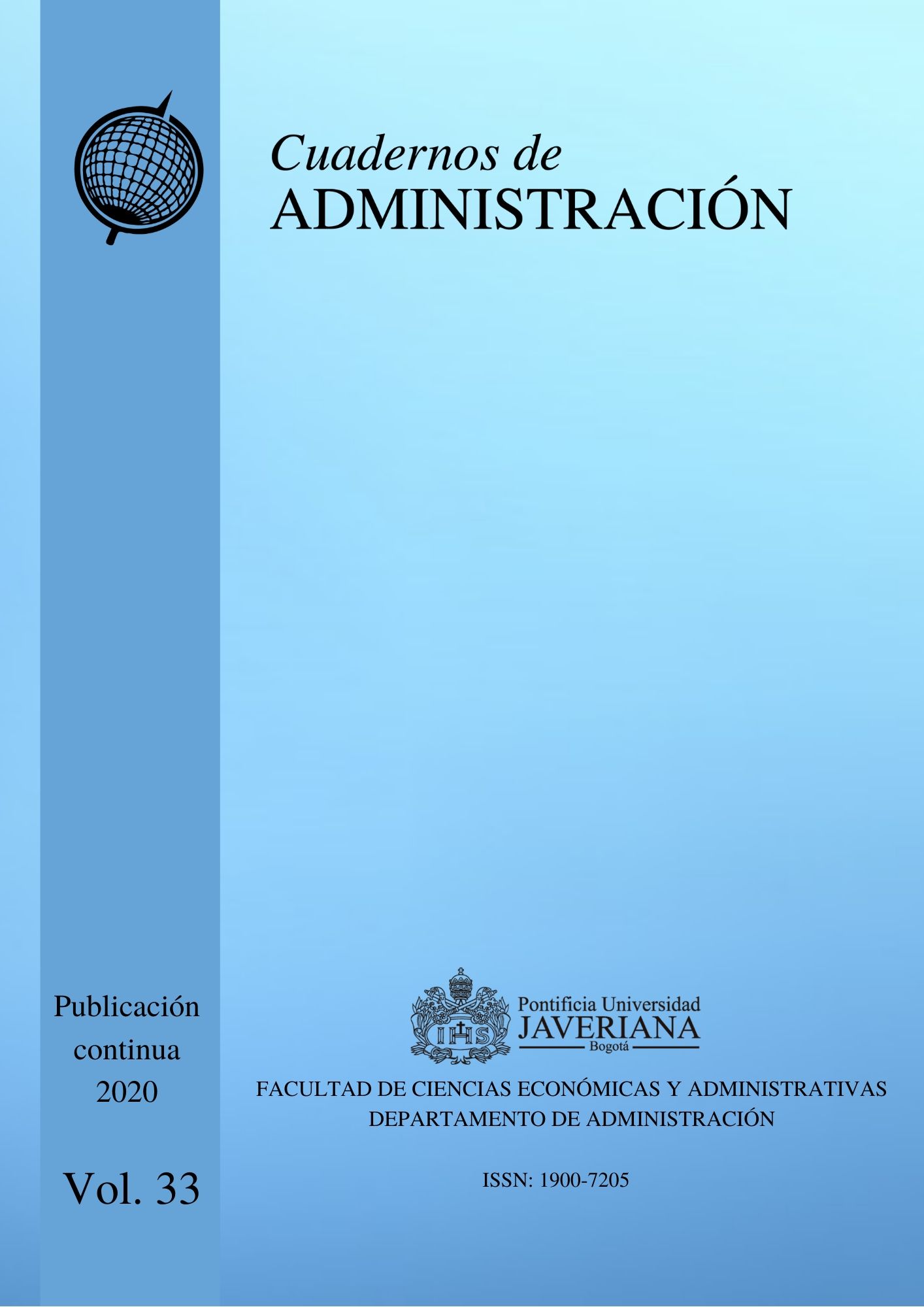Abstract
As business intelligence is for companies, territorial intelligence is for local authorities. However, it is not the simple exportation of business intelligence concepts and tools, but overall a new discipline characterized by the amalgamation of collective human intelligence and computer intelligence. As a result, geographic knowledge bases, rules and inference engines are not only based on logic but also on topology, geometry and linguistics, and must take multiple actors’ points of view into account. The scope of this paper will be to present the concepts necessary to construct such systems, i.e. to pass from intelligence to geographic knowledge engineering.
Batty. M., & Yeh, T. (1991). The promise of expert systems for urban planning. Computers, Environment and Urban Systems, 15(3), 101-108. https://doi.org/10.1016/0198-9715(91)90001-T
Baxter, R. S. (1976). Computer and statistical techniques for planners. London: Methuen.
Bertacchini, Y. (2004). Entre information et processus de communication: L'intelligence territoriale, 3èmes Rencontres TIC & Territoire: quels développements ? Lille, May, Revue Information Sciences for Decision-Making, http://isdm.univ-tln.fr/PDF/isdm16/isdm16a154_bertacchini.pdf
Craig, W. J. (1998). The internet aids community participation in the planning process. Computer, Environment and Urban Systems, 22(4), 393-404. https://doi.org/10.1016/S0198- 9715(98)00033-7
Girardot, J.-J. (2008). Evolution of the concept of territorial intelligence within the coordination action of the European network of territorial intelligence, p. 11, Res-Ricerca e Sviluppo per le politiche sociali, 1-2/2009. http://www.territorial-intelligence.eu/portail/site/
Girardot, J.-J. (2010). Qu’est-ce que l’intelligence territoriale? Collaboratif-info. Online consultation. 28 juin. http://www.collaboratif-info.fr
Jakir, Ž., Hećimović, Ž., & Štefan, Z. (2011). Place Names Ontologies. In A. Ruas (ed.), Advances in cartography. Lecture notes in geoinformation and cartography (pp. 331-349). New York: Springer Heidelberg.
Joosten, S., Wedemeijer, L., & Michels, G. (2010). Rule Based Design. Holland: Open Universiteit Nederland.
Kavouras, M., Kokla, M., & Tomai, E. (2005). Comparing categories among geographic ontologies. Computers & Geosciences, 31(2), 145-154. https://doi.org/10.1016/j.cageo.2004.07.010
Keßler, C., Janowicz, K., & Bishr, M. (2009). An agenda for the next generation gazetteer: geographic information contribution and retrieval. Proceedings of the 17th ACM SIGSPATIAL International Conference on Advances in Geographic Information Systems (pp. 91-100). New York: ACM.
Kim, T., Wiggins Lyna, L., & Wright, J. (eds.) (1989). Expert Systems: Applications to urban planning. New York: Springer Verlag.
Kingston, R. (1998). Accessing GIS over the Web: An aid to public participation in environmental decision making. Proceedings of the Workshop of the International Association for Public Participation, SPICE 98, Tempe Arizona, October 3-7, http://http://www.iap2.com/a_kingston.htm.
Laurini, R. (2001). Information systems for urban planning: A hypermedia cooperative approach. London: Taylor and Francis. 368 p.
Laurini, R. (2012). Importance of spatial relationships for geographic ontologies. In Planning Support Tools: Policy Analysis, Implementation and Evaluation. M. Campagna et al. (eds.), Proceedings of the Seventh International Conference on Informatics and Urban and Regional Planning INPUT. (pp. 122-134). Milano: Franco Angeli.
Laurini, R. (2014). A conceptual framework for geographic knowledge engineering. Journal of Visual Languages and Computing, 25, 2-19, http://dx.doi.org/10.1016/j.jvlc.2013.10.004i.
Laurini, R. (2015). Geographic ontologies, gazetteers and multilingualism. Journal of Future Internet, 7, 1-23. https://doi.org/10.3390/fi7010001.
Laurini, R. (2017). Geographic knowledge infrastructure: Applications for territorial intelligence and smart cities. London: Elsevier & ISTE.
Laurini, R. (2019). A mathematical language for the modeling of geospatial static rules. Journal of Visual Language and Computing, 2009(1), 1-13. http://www.ksiresearch.org/jvlc/journal/JVLC2019N1.pdf
Laurini, R., Servigne, S., & Favetta, F. (2016). An introduction to geographic rule semantics. In Proceedings of the 22nd International Conference on Distributed Multimedia Systems, Salerno, Italy (pp. 91-97), November 25-26. Published by Knowledge Systems Institute.
Ranjan, J. (2009). Business Intelligence: Concepts, components, techniques and benefits. Journal of Theoretical and Applied Information Technology, 9(1), 60-70. http://www.jatit.org/volumes/research-papers/Vol9No1/9Vol9No1.pdf
Ross, R. G. (2011). More on the if-then format for expressing business rules: Questions and answers. Business Rules Journal, 12(4). http://www.brcommunity.com/a2011/b588.html.
von Halle, B., Goldberg, L. & Zachman, J. (2006). Business Rule Revolution. Running Business, the Right Way. Silicon Valley: Happy About. 324 p.
Yeh, A. G., & Qiaoô, J. J. (2004). Component-based approach in the development of a knowledge-based planning support system (KBPSS). Part 1: The architecture of KBPSS. Environment and Planning B: Planning and Design, 31, 517-537.
Yigitcanlar, T. (2016). Editorial: Dimensions of knowledge-based urban development. International Journal of Knowledge-Based Development, 7(1), 1-3. https://eprints.qut.edu.au/94247/
This work is licensed under a Creative Commons Attribution-NonCommercial-ShareAlike 3.0 Unported License.



